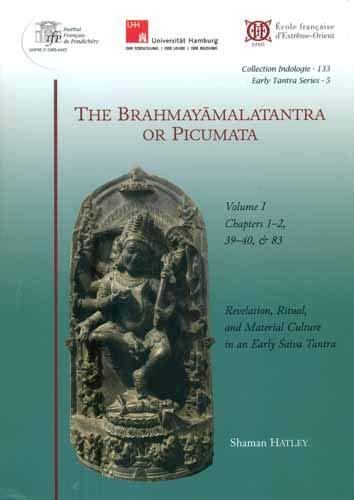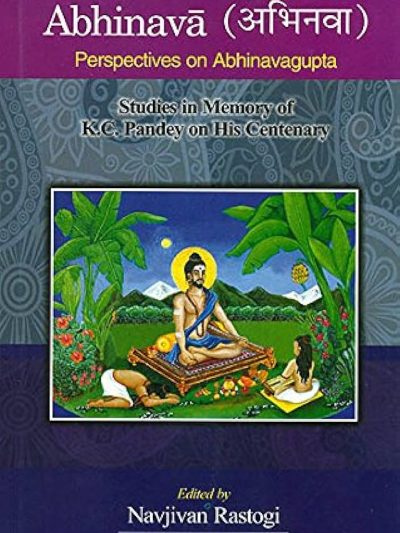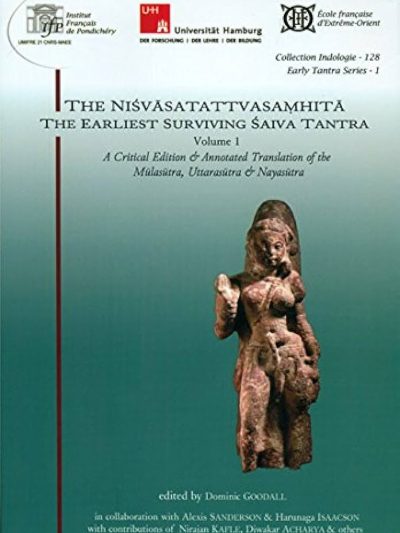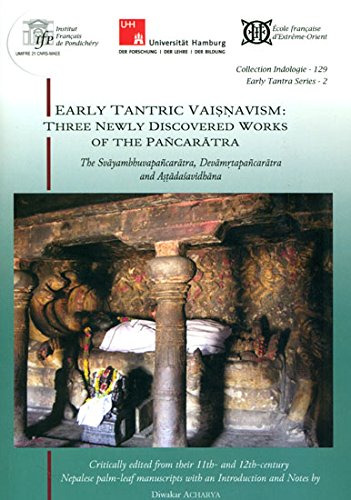Description
Volume 1
The Brahmay_mala or Picumata is one of the earliest surviving goddess-oriented (__kta) tantras, its core probably dating back to the late seventh or early eighth century. Though long forgotten, it is thus crucial to understanding the early history of the Tantric traditions. Spanning more than twelve-thousand verses and 104 chapters, this monumental work is transmitted in a beautiful Nepalese palm-leaf manuscript of the eleventh century, which forms the principal basis for this critical edition. Complementing volume II, edited by Csaba Kiss in the same series, this volume includes the first published edition and annotated translation of five chapters of the Brahmay_mala. The volume also presents pioneering studies on topics these chapters illuminate: Tantric _aiva conceptions of revelation and the canon, the history of Tantric coital ritual, the mythology of Bhairava, and the iconography and symbolism of the skull-staff (kha_v__ga). As with other texts published in the Early Tantra Series, study of the Brahmay_mala helps reshape our knowledge of Tantric _aivism and religion in early medieval India.
Volume 2
“The Brahmay_malatantra (aka Picumata) is probably one of the earliest surviving _aiva tantras, and possibly the earliest one known to us of the Bhairavatantra tradition. The present volume contains a critical edition and annotated translation of three of its chapters: one on the central ma__ala of the cult, one on preliminary religious observances (vrata) prescribed for all practitioners (s_dhaka), and one on instructions for each individual category of s_dhaka ? instructions on transgressive sexual rituals for the T_laka, on strict rules of conduct for the chaste Carubhojin, and on a combination of these for the Mixed Practitioner. This unique system of s_dhakas marks an early phase in the development of classification of practitioners seeking liberation and magical powers, and gives us an insight into the tantric world of extremes: of rule-bound sexual encounters involving several female partners and highly impure substances on the one hand, and of asceticism, strict vegetarianism and chastity on the other.
The introduction deals with the main topics raised by the selected chapters, as well as with problems of the sometimes extremely non-standard (Ai_a) Sanskrit that the oldest manuscript transmits. One of the appendices provides a summary of the first twenty-five chapters (about one quarter of the Brahmay_mala) to facilitate further study. The extensive index includes all important keywords and all major Ai_a phenomena.
“






Reviews
There are no reviews yet.